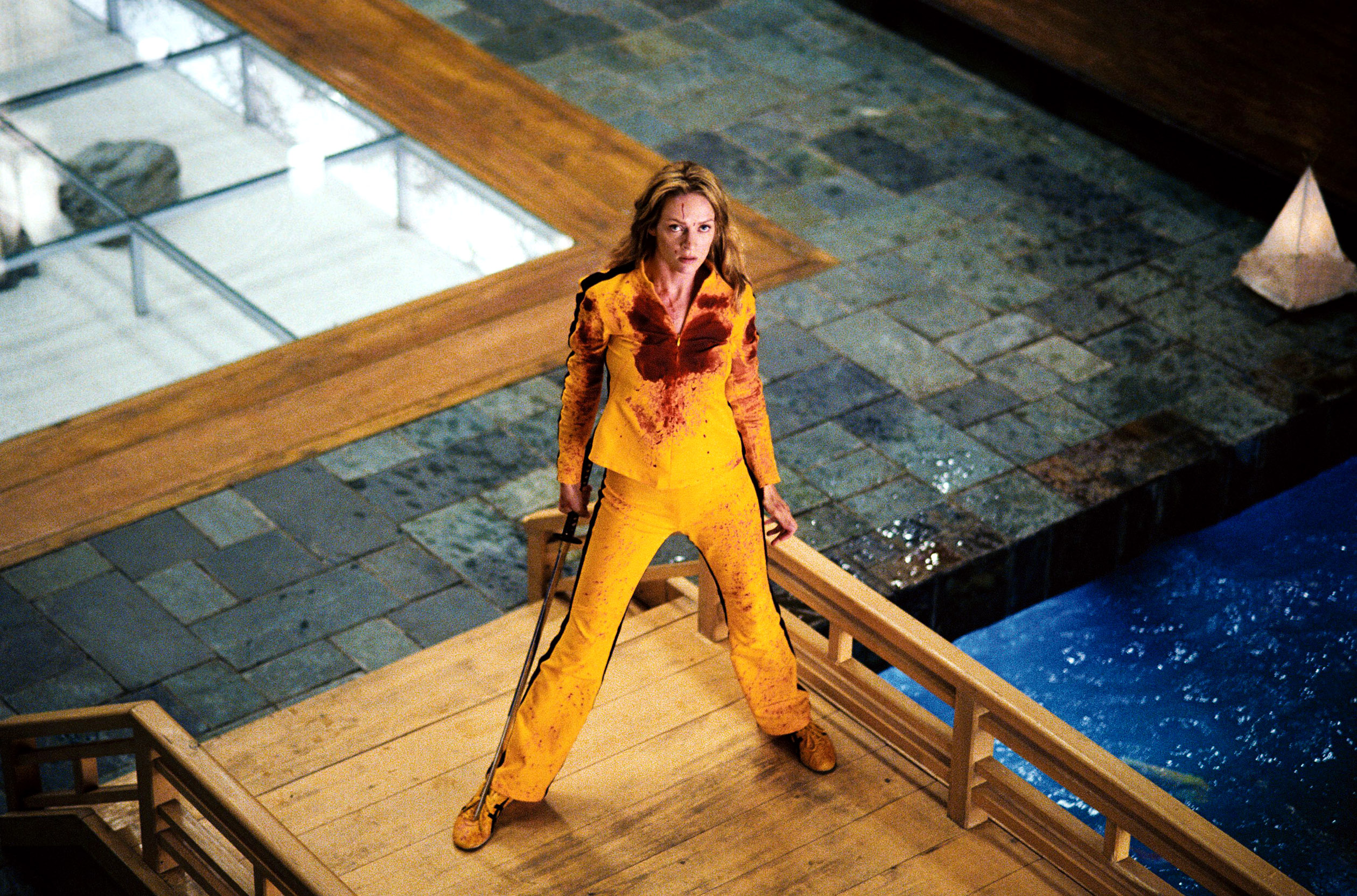Los Angeles film enthusiasts have a unique opportunity to experience Quentin Tarantino’s “Kill Bill: The Whole Bloody Affair” this week at the historic Vista Theater. For the first time, audiences can view the entire saga as Tarantino originally envisioned it—a single, uninterrupted 258-minute epic. This special screening runs until July 28 and marks a rare chance to see a film that has not been released on any physical media or streaming platform.
The “Kill Bill” saga, released in two parts in 2003 and 2004, tells the story of a former assassin, played by Uma Thurman, who embarks on a quest for revenge after being left for dead on her wedding day. While the two films are popular, “Kill Bill: The Whole Bloody Affair” integrates the two narratives into a cohesive whole, enhanced by subtle changes that deepen the emotional impact of the story.
Tarantino’s restructured version of “Kill Bill” highlights his signature style while providing a fresh perspective on the narrative. The film combines elements of various genres—Western, martial arts epic, and revenge thriller—creating a dynamic cinematic experience that transcends typical genre boundaries. It is often regarded as one of Tarantino’s finest works, showcasing his ability to blend homage with originality.
The film’s episodic structure allows for a rich exploration of its themes and characters. Each segment focuses on a different target of the Bride, interspersed with relevant flashbacks that reveal her motivations and struggles. This format not only enhances the storytelling but also allows for a deeper emotional connection to the characters. The changes in the “Whole Bloody Affair” version, including the alteration of crucial dialogue, significantly impact the audience’s understanding of the plot and its characters.
Tarantino’s decision to present “Kill Bill” in two parts in 2003 stemmed from commercial considerations. Instead of condensing the material, he split it, creating a compelling narrative arc that showcases the Bride’s transformation from a vengeful warrior to a maternal figure. While both volumes are effective on their own, viewing them as one continuous film brings a new level of appreciation for the intricate storytelling.
The “Whole Bloody Affair” includes scenes that were altered or omitted in the original releases, leading to a different emotional resonance. For instance, a pivotal scene towards the end of Chapter 5, where the Bride learns critical information about her daughter, offers a more impactful experience in the combined version. This emotional depth is further accentuated by Tarantino’s focus on the Bride’s perspective, allowing viewers to share in her journey more intimately.
Despite its acclaim, “Kill Bill: The Whole Bloody Affair” has been difficult to access since its initial screening at the Cannes Film Festival in 2006. The limited screenings at venues like the New Beverly Cinema and now the Vista Theater have created a sense of urgency for fans and newcomers alike. As the film enjoys its rare theatrical run, there is widespread hope among audiences that it will eventually be made available on streaming platforms or physical media.
With over a dozen releases of Tarantino’s “Pulp Fiction” across various formats, many are advocating for the release of “Kill Bill: The Whole Bloody Affair” in a similar capacity. As it stands, the current screening at the Vista Theater presents a unique opportunity to witness a cinematic achievement that has yet to receive the distribution it deserves.
For those in Los Angeles, attending this screening is not just about watching a film; it is about experiencing the artistry of a director who has significantly influenced modern cinema. “Kill Bill: The Whole Bloody Affair” promises to be a memorable event, capturing the essence of Tarantino’s vision in its most complete form.
